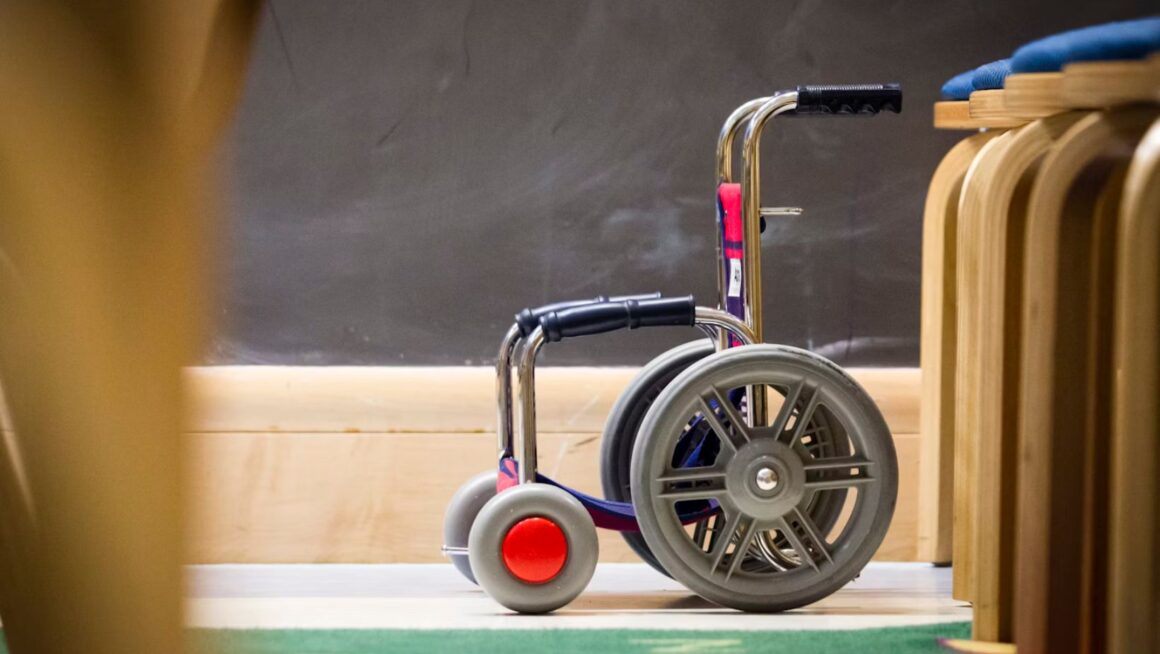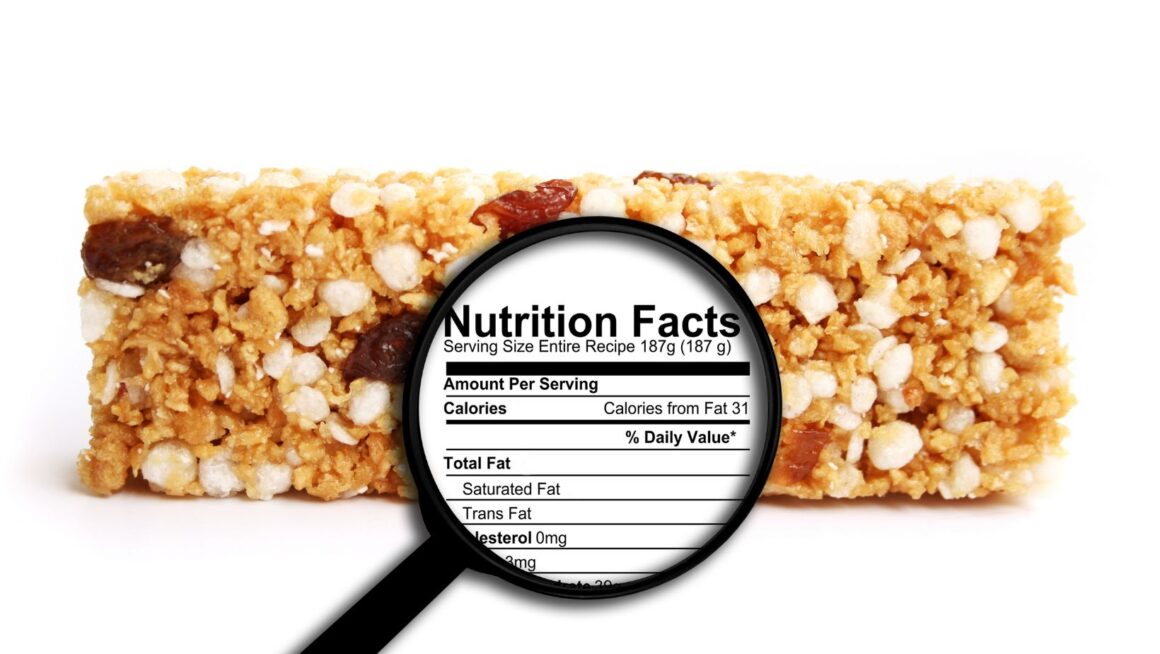The effects of the life-threatening water contamination at Camp Lejeune can still be felt today. Over a million veterans and their families consumed water laden with toxic solvents and carcinogens for over four decades.
Many veterans are still facing the wrath of diseases like leukemia and kidney cancer years after having retired from the military. In this exposé, we will try and dig into four rare cancers that have a concerning prevalence among veterans and families exposed at Camp Lejeune.
We aim to dissect the properties of these chemicals, their carcinogenic pathways, and the challenges in diagnosing these malignancies.
Trichloroethylene (TCE) and Kidney Cancer
Trichloroethylene, a common industrial solvent, was found in high levels at Camp Lejeune. It contaminated the water supply through improper disposal and storage practices.
TCE can enter the body through ingestion, inhalation, or skin absorption. Once in the body, the compound undergoes metabolic activation, forming reactive metabolites. These metabolites can bind to cellular proteins and DNA, causing damage and mutations. Such alterations in renal cells can cause kidney cancer.
Cohort studies have consistently shown an elevated risk of kidney cancer among TCE-exposed populations. This includes occupational and environmental exposures, like at Camp Lejeune. Due to the disease’s latency, detection of TCE-induced kidney cancer remains a challenge.
However, researchers are investigating novel biomarkers and imaging techniques. These advancements aim to identify early-stage tumors in exposed individuals. Early detection can improve treatment outcomes and prognosis.
Perchloroethylene (PCE) and Non-Hodgkin’s Lymphoma (NHL)
Perchloroethylene, a chlorinated solvent, was another major contaminant in Camp Lejeune’s water. It was widely used in dry cleaning operations and other industrial processes.
This toxin can enter the body through routes similar to TCE. It has been shown to have immunotoxic effects, altering the body’s immune function. PCE exposure can lead to chronic inflammation and immune dysregulation. These symptoms of Camp Lejeune water contamination can contribute to the development of lymphomas, including NHL.
Unraveling the specific mutations caused by Camp Lejeune water contamination unlocks the potential for game-changing therapies. By pinpointing the exact subtype of non-Hodgkin’s lymphoma (NHL) linked to exposure, doctors can tailor treatment plans to each patient’s unique needs.

This personalized approach has the potential to significantly improve outcomes and quality of life for veterans battling this aggressive cancer.
Benzene and Acute Myeloid Leukemia (AML)
Benzene, a volatile organic compound, was a significant contaminant in Camp Lejeune’s water supply.
This chemical lurks unsuspected beneath a facade of colorlessness and a deceptively sweet aroma. It is found in crude oil and gasoline, and its industrial applications extend far beyond the pumps. It plays a vital role in the production of everyday items like plastics, resins, and synthetic fibers.
At Camp Lejeune, benzene likely entered the water through leaking underground storage tanks and improper disposal practices.
Once ingested or inhaled, benzene undergoes metabolic activation in the body. It is converted to reactive metabolites such as benzoquinone and muconaldehyde. These metabolites can cause oxidative stress, leading to DNA damage and mutations in hematopoietic stem cells.
This chemical exposure can also alter gene expression patterns, disrupting normal cell differentiation and growth. These mechanisms collectively contribute to the development of Acute Myeloid Leukemia (AML).
Occupational benzene exposure has been linked to a clear rise in AML cases in communities like Camp Lejeune. The delay between exposure and the onset of AML can be deceptive, often spanning years or even decades.
Diagnosing benzene-induced AML requires a multifaceted approach. While symptoms like fatigue and infections offer clues, advanced techniques like genetic analysis pinpoint the culprit—specific mutations linked to benzene exposure.
Biomarkers in urine can further solidify the link between exposure and illness. Early detection and treatment are paramount for battling this benzene-induced form of AML.
Chloroform and Bladder Cancer
We all have heard about chloroform. Its historical applications in various industries, including degreasing and anesthesia, raise the possibility of significant exposure for those residing at Camp Lejeune during the contamination period.

Upon ingestion, chloroform undergoes biotransformation in the liver. This process generates a sinister byproduct—trichloroacetic acid (TCA). TCA disrupts cellular homeostasis, wreaking havoc on vital cellular processes and damaging the DNA within the bladder lining.
This damage can lead to mutations, disrupting normal cell growth control and triggering the uncontrolled cellular proliferation characteristic of cancer.
As per TorHoerman Law, bladder cancer tends to be prevalent among individuals of old age. This is likely due to the increased duration of cellular abnormalities that develop within their bodies.
Signs of bladder cancer may manifest subtly, such as noticing blood in the urine or experiencing frequent urination. Regular screenings, such as urine cytology tests, are crucial for early detection.
Catching these illnesses early is critical. Emerging research explores volatile organic compounds (VOCs) and DNA methylation patterns in urine as potential early detection tools. Prompt diagnosis paves the way for surgery, chemotherapy, or immunotherapy, improving patient outcomes.
In conclusion, rare and aggressive cancers, like AML and kidney cancer, cast a long shadow, a grim reminder of exposure to toxic chemicals. These illnesses inflict not only physical suffering but also emotional and financial burdens.
As a nation, we need to stand strong with these heroes who served our country. We must amplify awareness of the health risks, ensure veterans have access to specialized cancer screenings and treatments, and streamline the VA benefits process.
By honoring their service and ensuring they receive the care they deserve, we can begin to heal the wounds of this past injustice. Their sacrifice deserves our unwavering commitment to a brighter future.



